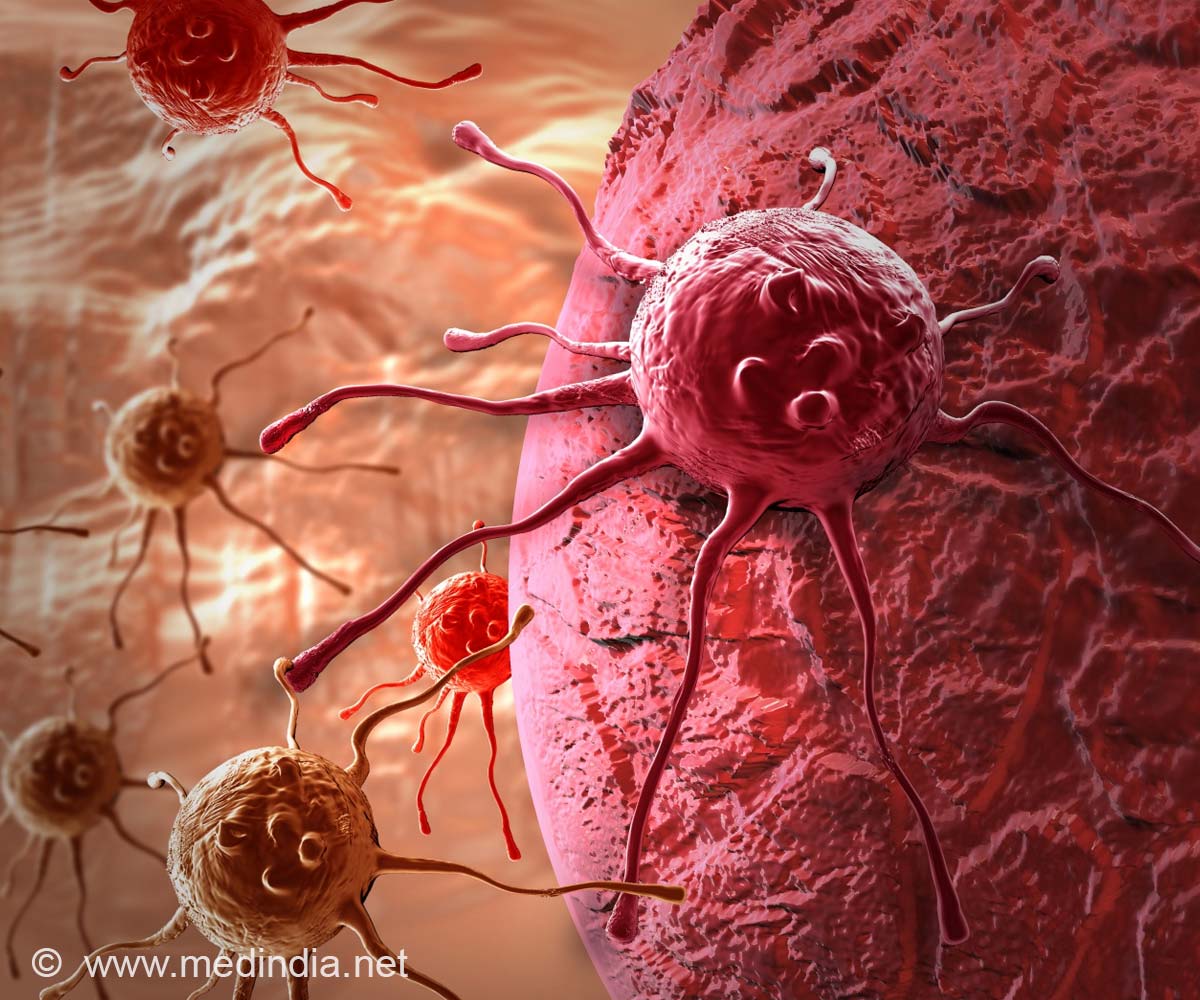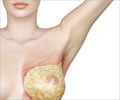
‘Patients should be made aware that there are various approaches to local-regional management of breast cancer after neoadjuvant systemic therapy.’
Tweet it Now
After receiving chemotherapy, 58.5 percent patients remained node-positive while 41.5 percent changed to node-negative. Of 401 node-positive patients, mastectomy was performed in 148 (36.9 percent), mastectomy with immediate reconstruction in 107 (26.7 percent) and breast-conserving surgery (BCS) in 146 patients (36.4 percent). In women undergoing reconstruction, bilateral mastectomy rates were higher than in those who did not have reconstruction (66.5 percent versus 32.2 percent, respectively.
Most patients received RT, regardless of the surgical treatment of the primary tumor following NAC. Post-mastectomy RT was more frequently omitted after reconstruction than mastectomy (23.9 percent vs 12.1 percent, respectively, P=.002) and was omitted in 19 of 107 patients (17.8%) with residual node-positive disease in the reconstruction group.
The use of internal mammary RT was low, between 7.8 percent and 11.2 percent, and did not differ with surgical approaches. The rate for supraclavicular RT ranged from 46.6 percent to 52.2 percent, and was omitted in 193 node-positive patients (47.3 percent). Some of the observed variations reflect ongoing unresolved controversies in the field of radiation therapy.
In patients who converted to node negative following NAC, and were treated with breast conserving surgery and radiation, regional nodal radiation was employed in approximately half the patients and omitted in half the patients, reflecting the need for more guidance, an issue that is currently being addressed in a randomized national trial, NRG-B51.
Advertisement
"This study revealed wide variability in practice, particularly regarding administration of radiation therapy and field design following NAC and surgery for breast cancer."
Advertisement
"The study also emphasizes the importance of the ongoing national clinical trials regarding local-regional management of breast cancer after NAC," he said. "Specifically, the NRG B51 trial and the Alliance A011202 trial both address important aspects of local-regional treatment and will help to provide guidance on how to best approach local-regional management after neoadjuvant chemotherapy."
Source-Eurekalert














